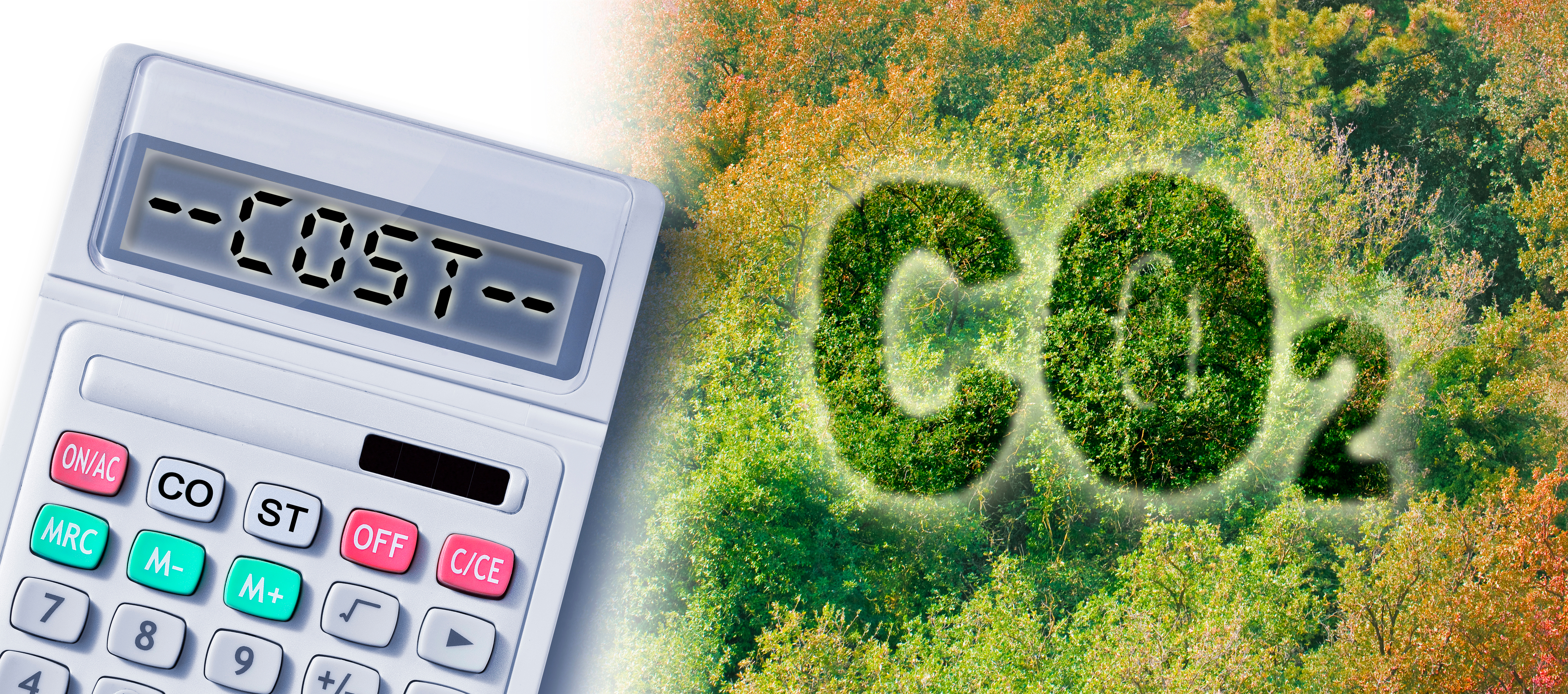DRIVE ENERGY EFFICIENCY TO DELIVER!
Efforts to improve energy efficiency could drive the delivery of emission cuts that amount to a third of emission cuts needed to reach our accumulative goal of net zero.
Accelerated efforts to improve energy efficiency could align global annual emissions reductions so significantly, that one-third of the reductions needed to deliver net-zero by 2050 would be achieved. This is according to a major new International Energy Agency (IEA) report.
The International Energy Agency has made recommendations based of its findings in its latest report on ‘The Value of Urgent Action on Energy Efficiency’ were they discuss and bring to light ‘already cost effective and pay for themselves’ solutions that will be particularly helpful given the global wholesale gas prices have drastically increased this year.
The IEA’s emissions calculation is predicated on the avoidance of 95 EJ (95 quadrillion joules) of final energy consumption globally this decade – around the annual energy consumption of China, the world’s largest consumer of primary energy, that the IEA is forecasting for 2030. 95 EJ is equivalent to around a 5% reduction in global energy demand in 2019.
Highlights from the report include:
- Doubling the current rate of energy intensity improvement – a key measure of the economy’s energy efficiency - from 2% to 4% per year over this decade is required to meet the IEA Net Zero Emissions by 2050 Scenario. Compared to the case with current policy settings, this has the potential to avoid 95 EJ a year of final energy consumption; equivalent to the current final energy consumption of China.
- In this high efficiency scenario, with each unit of energy delivering more than it does today, final energy demand can be around 5% lower by 2030 but serving an economy 40% larger.

- Achieving this hinges on a global push on energy efficiency and related avoided energy demand measures including electrification, behaviour change, digitalisation and material efficiency in industry. Slower action would lock-in higher energy consumption for years to come.
- Such a step-up of action could reduce CO2 emissions by an additional 5 Gt per year by 2030, compared with current policy settings. This is about a third of the total emission abatement needed this decade in the IEA’s Net Zero Emissions by 2050 Scenario.
The IEA’s report states that this level of energy consumption avoidance will be possible, even as the global population grows and efforts to provide those in need with improved energy access. It emphasises that improved energy efficiency is compatible with economic growth and could play an important role in ensuring that economic growth contributes to levelling up. Energy efficiency technologies could also be a market which would create an additional 10 million jobs by 2030, on top of those forecast to be created by existing policies.
Achieving these benefits for people, economy and planet will require fast-tracked action on energy efficiency from the public and private sectors across the world. The IEA sees around a third of the avoided energy demand in its forecast scenario coming from the deployment of more efficient equipment. The report states that there is still much low-hanging fruit to be picked in terms of technical efficiency in homes, commercial buildings, vehicles and industrial operations.
Peoples change in the way they behave will also play an integral part in delivering roughly 18% of the avoided energy demand that the IEA has identified. This covers simple changes, like building occupants lowering their thermostats by 1-2C, and more drastic changes to travel patterns, as highlighted in the IEA’s Ten-Point-Plan for reducing Europe’s oil consumption rapidly, first published in March. This plan outlines how urban areas, in particular, can discourage the frequent use of petrol and diesel cars for individual occupants, floating measures such as recommending remote working three days a week.
Across all of these areas, the IEA is compelling nations to focus short-term actions on transport and buildings, while laying the foundations for longer-term efforts to improve the energy efficiency of heavy industry.
To launch the report and accompanying policy toolkit, executive director of the IEA, Fatih Birol said: “Energy efficiency is a critical solution to so many of the world’s most urgent challenges – it can simultaneously make our energy supplies more affordable, more secure and more sustainable.
“But inexplicably, government and business leaders are failing to sufficiently act on this. The oil shocks of the 1970s set in motion major advances in efficiency, and it is utterly essential that efficiency is at the heart of the response to today’s global energy crisis.”
Birol’s statement was made at the Agency’s annual global conference on energy efficiency, held this week in Denmark. The IEA is jointly hosting the conference with Denmark’s government and Danish engineering firm Danfoss. The main events of the conference are set to unfold today (8 June). It will be closing on Thursday (9 June).
Danfoss’s chief executive and president Kim Fausing (pictured below) added: “The good news is that the solutions are there to improve energy efficiency in all sectors. We don’t need to wait. We need action because the greenest energy is the energy we don’t use.”
If you want to read the full report and checkout the Policy toolkit use the following link:
The value of urgent action on energy efficiency